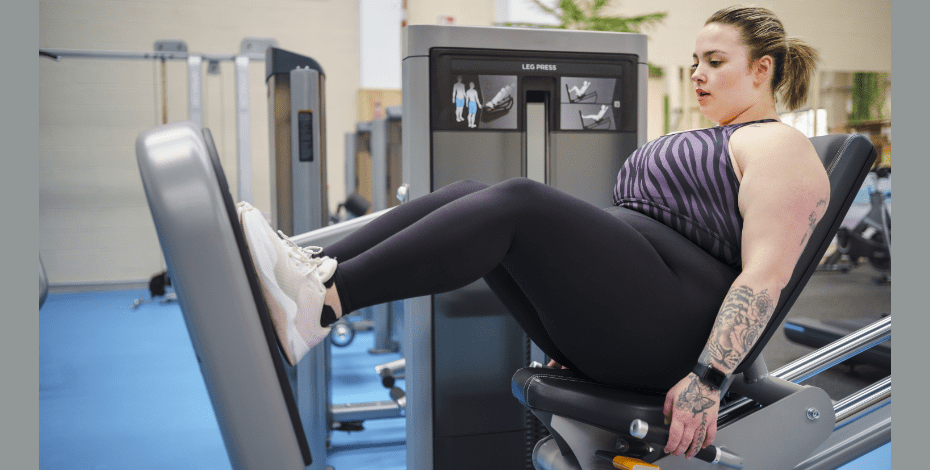
Value of the PRF in the spotlight

The impacts of Physiotherapy Research Foundation grants on recipients and the broader profession have been fully investigated in a new report. PRF Committee Chair Mark Round discusses the key findings.
The pool of funds from which early career researchers can drink is a shallow one.
And with fierce competition at the trough, getting research projects off the ground can be challenging at best.
For physiotherapists, though, the availability of funds through the Physiotherapy Research Foundation’s (PRF) research grant funding program has been able to quench some of that thirst for learning and satiate the drive to push the boundaries of knowledge.
Now, just how those budding researchers’ careers have taken off once their research projects are funded and done, and how the knowledge production has trickled through to changing clinical practice as a result of the mountains of research work funded by the PRF has been put under the microscope.
The Physiotherapy Research Foundation: Measuring the Impact of Grant Funding report, commissioned by the PRF through Survey Matters, explores what the PRF grant program means for physiotherapists across the spectrum of the profession and the positive influence the program has on recipients, their work and the addition to the evidence base for the profession.
‘It was really heartening to see in the report the references to early researchers and how it would kickstart their career and [the fact that] if they didn’t have that PRF funding then they probably wouldn’t have been able to get a start in the research world,’ says Mark Round.
‘It is cutthroat, research in the medical world, and for us as a profession to be able to fund the startup research via PRF seeding grants and get them going, I think is really important.’
The PRF commissioned the report in mid- 2020 to evaluate the impacts of PRF grant funding on research capacity, knowledge production and clinical practice in the physiotherapy profession, as well as to understand to what extent it has enabled further research funding.
The value of the PRF to APA members was also assessed in the report.
Key findings from the report show that the PRF:
- develops early career researchers
- enables further research funding
- contributes to the evidence base for the profession
- has informed policy, clinical practice and education through funding.
The results in the report are based on information collected from 110 recipients of PRF grants via an online survey, which sought research output and impact on five categories: knowledge production, benefits to future research and research use, benefits to informing policy and product development, health and sector benefits, and broader economic benefits.
PRF Committee Chair Mark Round says the report is important for two main reasons—it helps physiotherapists understand what the PRF is and does, and it shows what the PRF grants program does in informing clinical practice, advocacy and policy research.
The report findings will in particular help the APA advocacy team strive for change in the wide array of areas covered by the funded research, he says.
‘This report is helping to inform what we do from the APA’s perspective in advocacy and policy. For example it gave us the kickstart we needed to be able to prove the efficacy of telehealth,’ Mark says.
‘And what we’re doing this year is a targeted grant on first-contact physio, which is a really innovative project.’
The study found that 73 per cent of respondents indicated that their PRF-funded research had influenced clinical practice.
PRF grant-funded research has been included in the Clinical Guidelines for Stroke Management, Guidelines for Musculoskeletal Physiotherapists and Australian Clinical Practice Guidelines for Respiratory Care.
The study also found that 17 per cent of the respondents said that their PRF-funded research projects had an impact on the policy or decision-making of government or health authorities.
Actual policy contributions included input into the National Continence Management Strategy and the Victorian Allied Health Research Framework.
Grant recipients also reported making contributions to government policy in relation to falls management for adults in Department of Health and Human Services care settings and residential aged care facilities, children in digital society and National Disability Insurance Scheme funding of cycling.
A particular focus of the report is the influence of the PRF research grants program funding on recipients and how the funding has changed their lives and the work they do.
In its work to develop early career researchers, via seeding grants, the PRF has seen 91 per cent of those recipients go on to pursue a career in research.
Respondents stressed that the grant also allowed them to gain experience that they could use in future grant applications and, in most cases, gave them the credentials to pursue an academic or applied research career.
For many recipients, the PRF grant was the first grant they had ever received and a large number of recipients said that their research would not have proceeded without PRF funding.
The report also evaluated how the initial PRF investment of $1.6 million has helped leverage further funding for respondents—showing that it has been responsible for generating an additional $47.5 million from 65 separate funding sources, of which $8.6 million would not have been available without the support of the PRF.
This suggests that for every $1 invested by the PRF, an additional $6.35 of further funding has been generated, all of which contributes significantly to the evidence base for the physiotherapy profession.
The study also demonstrated that the PRF has contributed to the evidence base of the profession, with 71 per cent of research participants indicating that their PRF-funded research had been published in a peer-reviewed journal.
The report concluded that although the value of grants provided by the PRF is small compared to larger medical research funding bodies, and in many cases the impacts of research conducted by PRF grant recipients are not directly attributable to the initial project, many respondents remarked on the value these grants provided in supporting early career researchers.
It also concluded that there is strong support for the PRF to focus grants on new researchers, as it provides them with the research track record necessary to access larger grants.
Given the competitive nature of medical research funding, this offers an important way for the PRF to support physiotherapy research not being funded by other bodies.
‘The PRF is largely funded by APA members, providing the opportunity for practitioners to directly contribute to the research that informs their practice,’ Mark says.
‘And that’s leading to a much greater understanding of what we do.
‘The PRF is a really important adjunct to what we do at the APA.
'We could just be an advocacy and PD body, but if we weren’t funding research and we weren’t influencing clinical practice…I think there would be an element missing,’ Mark says.
‘The PRF is a very important part of what we do and it feeds into our clinical practice and our advocacy work.’
Click here to donate to the PRF or find out more about how donations are impacting lives and clinical practice.
© Copyright 2024 by Australian Physiotherapy Association. All rights reserved.






